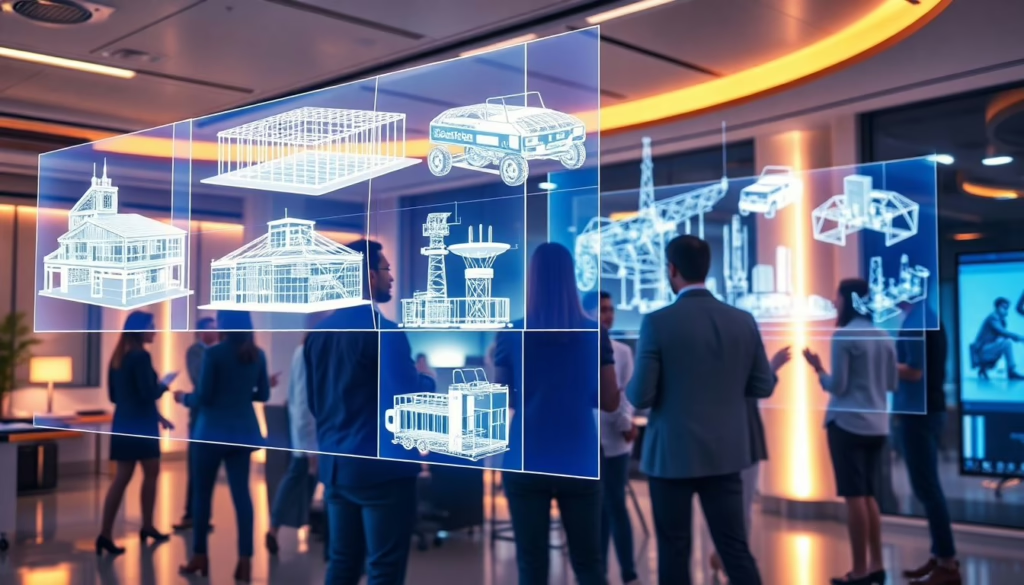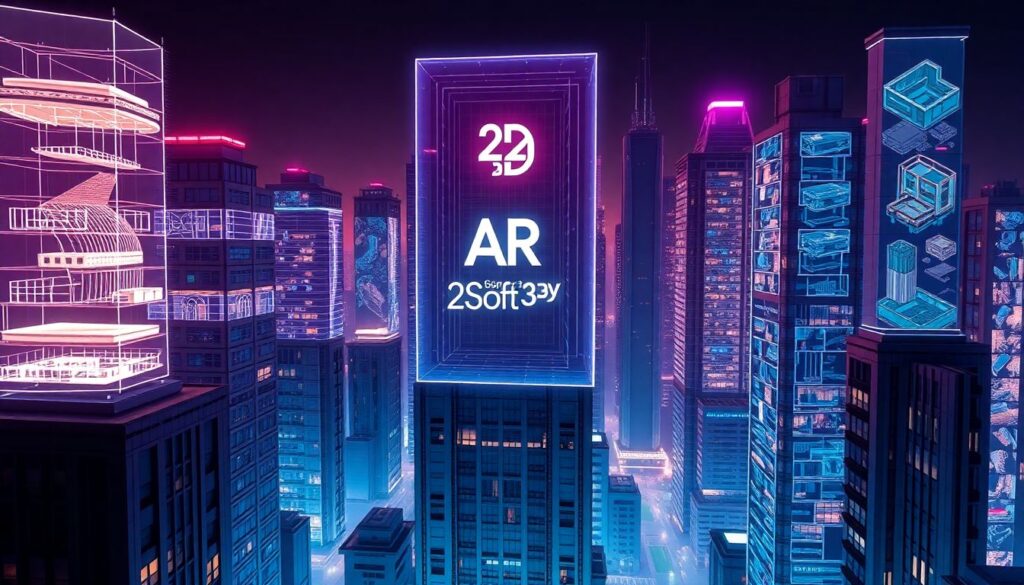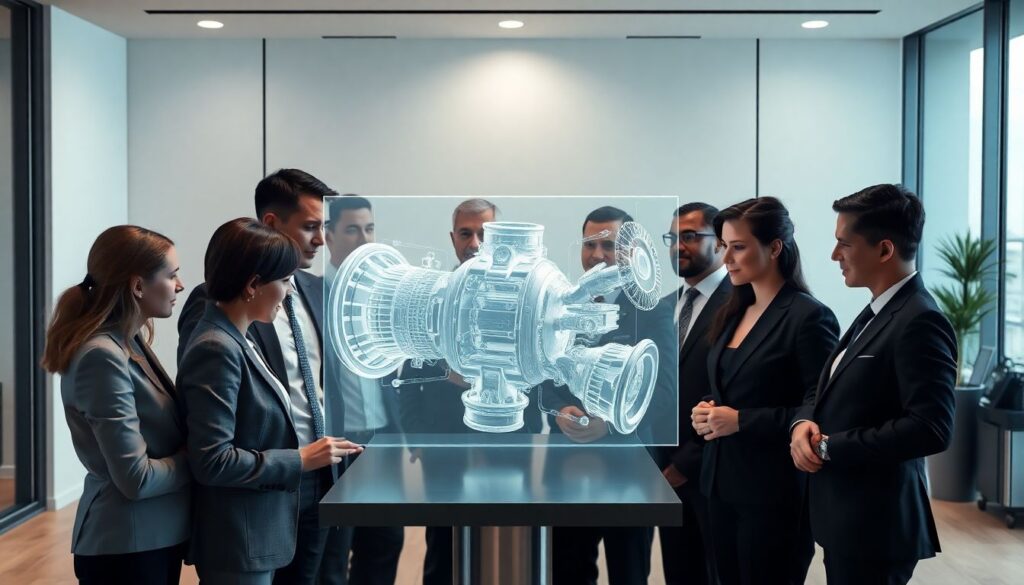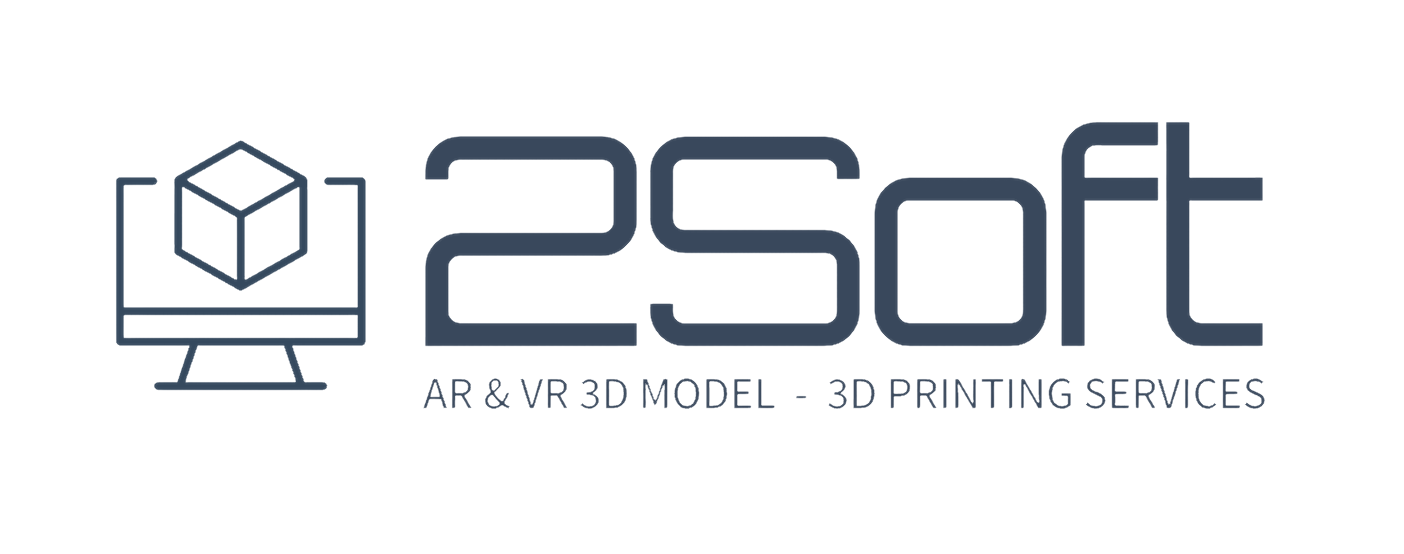
How Does Augmented Reality Work? A Deep Dive
The everyday magic of augmented reality (AR) transforms how we interact with our environment. Unlike virtual reality, which immerses a person in a completely digital world, AR blends the digital and physical worlds, enhancing our experience without removing us from our surroundings.
The Blending of Real and Virtual Worlds: What is AR?
Augmented reality superimposes computer-generated images, sounds, or other data onto the real world. This technology allows users to see the physical environment enhanced with virtual elements. Common examples include AR apps on smartphones and AR glasses.
AR’s Explosive Growth: Statistics and Market Projections
- The AR market is projected to reach $198 billion by 2025.
- User engagement in AR apps has increased by over 500% in recent years.
- Industries like retail, education, and healthcare are rapidly adopting AR solutions.
Beyond Gaming: Exploring AR’s Diverse Applications
AR is not just for games like Pokémon Go. It has found applications in various sectors, including:
- Retail: AR helps customers visualize products in their homes before purchasing.
- Education: AR brings textbook illustrations to life, making learning interactive.
- Healthcare: AR assists in complex surgeries and medical training.
Understanding the Core Components of AR Systems ( How does augmented reality work )
To comprehend how augmented reality works, it’s essential to understand its core components.
Sensors and Cameras: The Eyes of AR
Sensors and cameras are crucial for AR systems. They capture the real-world environment, detecting surfaces, objects, and movement. These components allow the AR system to create an accurate overlay of digital content.
Processing Power: Making Sense of the Data
Processing power is the brain of AR. It interprets data collected from sensors and creates a cohesive augmented experience. This requires powerful CPUs and GPUs to ensure smooth performance.
Display Technology: Projecting the Augmented World
Display technology delivers the augmented content to users. This can be through:
- Smartphones: AR apps use built-in screens.
- Smart Glasses: Wearable devices provide a hands-free experience.
How AR Overlays Digital Information onto the Real World
Understanding how AR overlays digital content involves different techniques.
Marker-Based AR: Using Visual Tags for Interaction
Marker-based AR uses visual tags or images. When the system recognizes a marker, it overlays digital content onto it, engaging users effectively.
Location-Based AR: Leveraging GPS and Sensors
Location-based AR uses GPS and mapping technologies. It provides users with contextually relevant information based on their location, enhancing navigation and exploration.
SLAM Technology: Building 3D Maps in Real-Time
Simultaneous Localization and Mapping (SLAM) technology allows AR devices to understand their surroundings in real-time. This enables accurate placement of digital objects in three-dimensional space.
Key Technologies Powering Augmented Reality Experiences ( How does augmented reality work )
Several key technologies support the functionality of AR.
Computer Vision: Enabling Object Recognition and Tracking
Computer vision enables AR systems to identify and track real-world objects. It helps in recognizing features, which enhances user interaction.
3D Modeling and Rendering: Creating Realistic Augmented Objects
3D modeling brings digital objects to life. Advanced rendering techniques ensure that these objects blend seamlessly with the real world.
Artificial Intelligence (AI): Enhancing User Interaction and Personalization
AI plays a significant role in personalizing AR experiences. By learning user behaviors and preferences, it improves interactions and content relevance.
Popular Examples of Augmented Reality in Action ( How does augmented reality work )
AR is making a significant impact across various sectors. Here are some notable examples:
Pokémon Go: A Global Phenomenon
This mobile game demonstrated the power of AR by encouraging millions to explore their neighborhoods while capturing virtual creatures.
IKEA Place: Revolutionizing Furniture Shopping
IKEA Place uses AR to allow customers to visualize furniture in their own homes, bridging the gap between online shopping and physical reality.
Medical Applications: AR in Surgery and Training
In the medical field, AR enhances surgical precision and training. Surgeons can overlay critical data onto their field of view, leading to better outcomes.
The Future of Augmented Reality: Trends and Predictions
As AR technology advances, its future looks promising.
Advancements in Hardware and Software
Improved hardware and software will make AR experiences more immersive and realistic. Expect lighter, more powerful devices.
The Rise of AR Glasses and Wearables
AR glasses are on the rise, providing hands-free access to digital information while interacting with the real world.
Ethical Considerations and Societal Impact
As with any technology, ethical considerations are crucial. Issues like data privacy and potential misuse must be addressed as AR integrates into daily life.
Conclusion: Embracing the Augmented Future ( How does augmented reality work )
Key Takeaways: Understanding AR’s Functionality and Potential
Augmented reality offers numerous possibilities across various industries. Its ability to blend real and digital worlds enhances our experiences.
Actionable Tip: Explore AR apps relevant to your interests
Explore available AR apps to see firsthand how they can enrich your daily life.
The Ever-Evolving Landscape of AR Technology
As technology continues to evolve, AR will play a larger role in reshaping how we perceive and interact with our world, making it an exciting field to watch.







